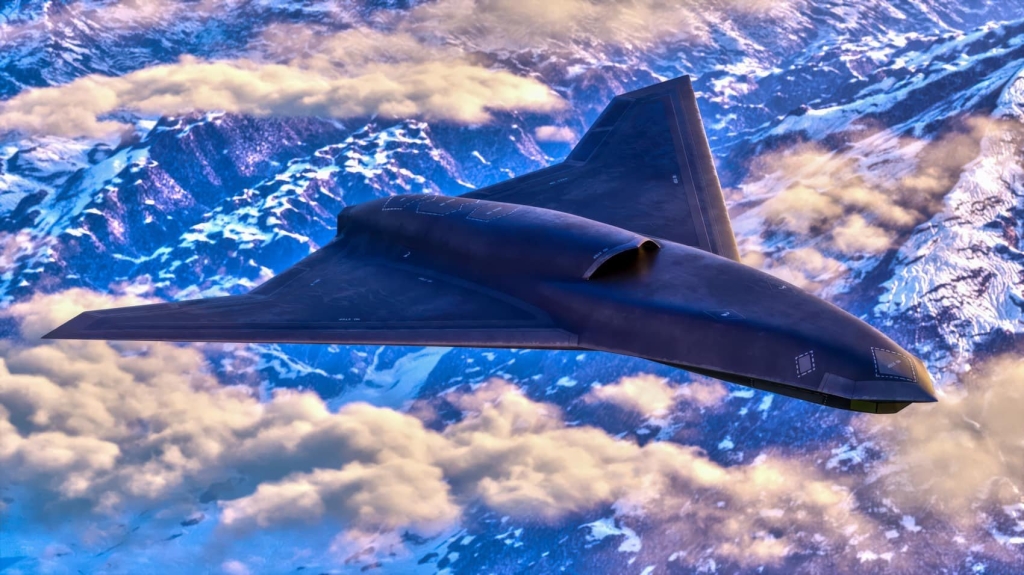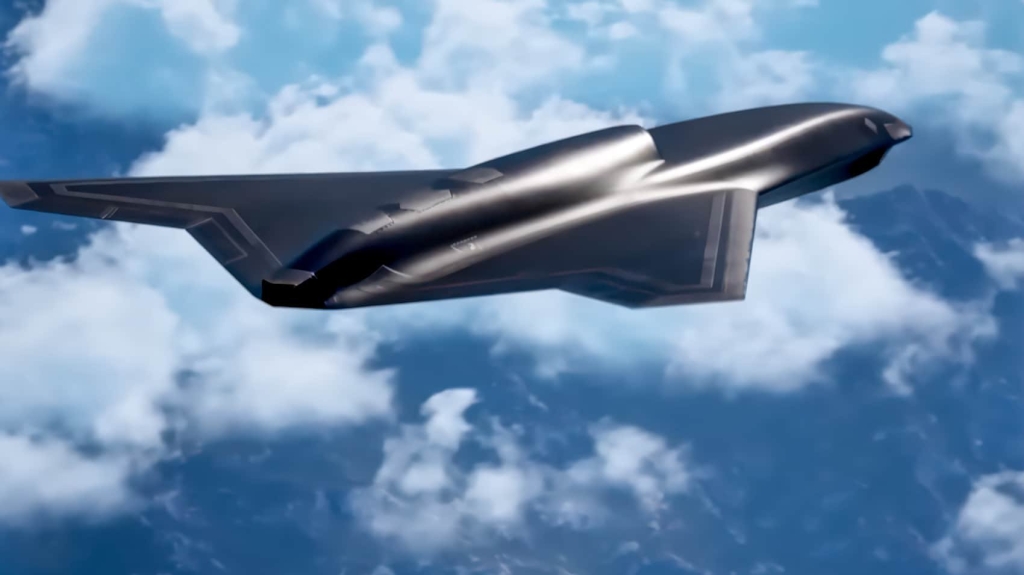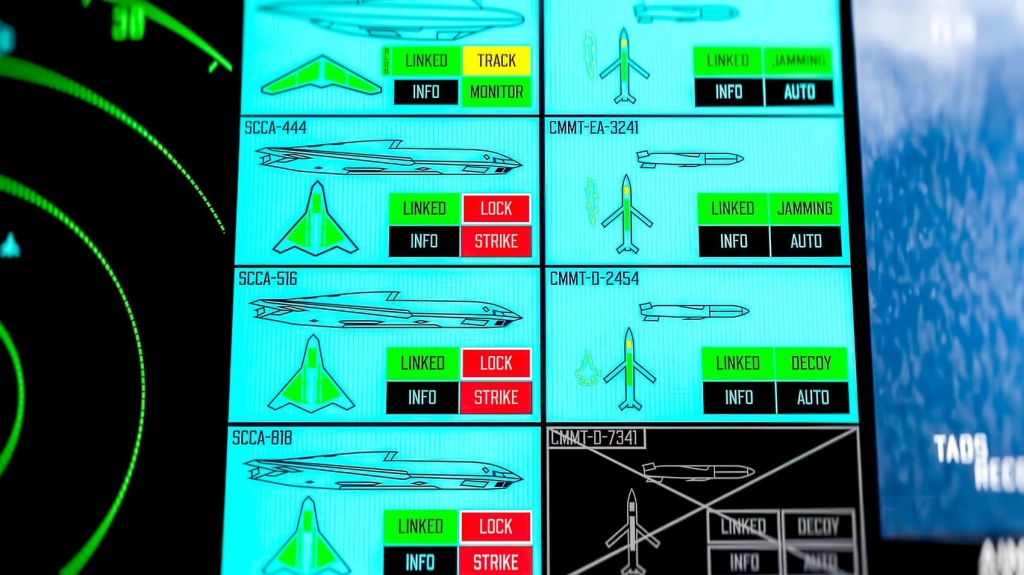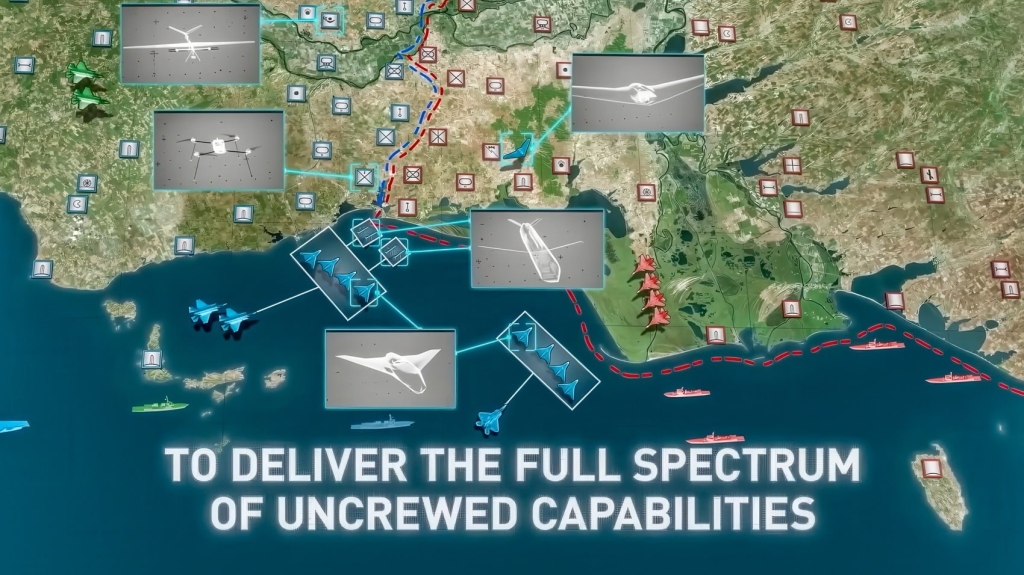Lockheed’s Skunk Works Unveils New “Vectis” Stealth Drone

Amazon DEALS: DJI Mini 4K now $249 (-17%) and DJI Osmo Action 4 drops to $249!
The secretive and legendary Lockheed Martin Skunk Works, the same minds that brought us the F-117 Nighthawk and the F-35 Lightning, have just pulled the curtain back on their newest creation: a stealthy, autonomous combat drone called Vectis.

Unveiled on September 21st, Vectis is a Group 5 Collaborative Combat Aircraft (CCA) designed for one primary purpose: to survive in the most dangerous, contested airspace on the planet. It’s a powerful new entry into the high-stakes race to build a fleet of robotic “loyal wingmen” for the U.S. Air Force, and it’s a serious contender.
A Legacy of Stealth
What sets Vectis apart from its competitors is its laser focus on “best-in-class survivability.” This is Skunk Works’ home turf. For decades, they have been the world’s undisputed masters of stealth technology, and they are pouring all of that expertise into this new drone.
Vectis is designed from the ground up to be a ghost. It uses advanced materials, a low-observable shape, and sophisticated design techniques to minimize its radar signature, allowing it to penetrate deep into enemy air defenses.
As OJ Sanchez, the vice president and general manager of Skunk Works, put it, Vectis is the “culmination of our expertise in complex systems integration, advanced fighter development, and autonomy.” It’s not just a drone; it’s a stealth fighter without a pilot.
A Customizable and Affordable Wingman
Beyond its stealth capabilities, Vectis is designed to be a flexible and affordable part of the future Air Force.

It’s a modular platform with an open mission architecture, which means it can be easily customized with a wide variety of payloads for different missions, from surveillance and electronic warfare to precision strikes.

This open architecture is a key feature, as it avoids “vendor lock-in” and allows the Air Force to easily integrate new technologies and sensors as they are developed.
Lockheed is also leveraging advanced manufacturing and digital engineering techniques to keep the cost down, aiming to meet the aggressive price point that the Air Force has set for its CCA program. The goal is to build a high-survivability drone that is still affordable enough to be produced in large numbers.
The Race for Air Dominance
Vectis is Lockheed’s official entry into the fierce competition to build the Air Force’s first increment of CCAs. It will be going head-to-head with designs from other industry giants like General Atomics, whose YFQ-42A was recently announced, and Anduril.
The vision for these drones is to create a “Family of Systems,” where manned fighter jets like the F-35 act as the quarterback for a team of autonomous, unmanned wingmen. These CCAs will take on the most dangerous tasks, extending the reach and multiplying the effectiveness of the human pilots. Vectis is designed to be the toughest and most survivable member of that team.
DroneXL’s Take
When Skunk Works talks, you listen. This is the division of Lockheed Martin that operates in the shadows, creating the most advanced and secretive aircraft in the world. The fact that they have now publicly unveiled their CCA offering, Vectis, is a massive statement of confidence.
The key word in their entire announcement is “survivability.” In a potential conflict with a near-peer adversary, the skies will be an incredibly dangerous place, filled with advanced radar and missile systems. The ability of a drone to not just perform its mission, but to survive and come home, is the single most important factor. Lockheed is betting that their unparalleled expertise in stealth will be the decisive advantage.
As a professional who is obsessed with the technology of flight, I’m fascinated by the design philosophy here. It’s a perfect blend of a legacy of stealth with the new world of AI and autonomy. The promise to go from design to a flying prototype in just two years is also incredibly ambitious and shows how fast this industry is moving.
This is a high-stakes, high-tech battle for the future of air power. The competition between Lockheed, General Atomics, and the other players is going to produce some of the most incredible flying machines we have ever seen. And Vectis has just thrown down the gauntlet.
Photo credit: Lockheed Martin
